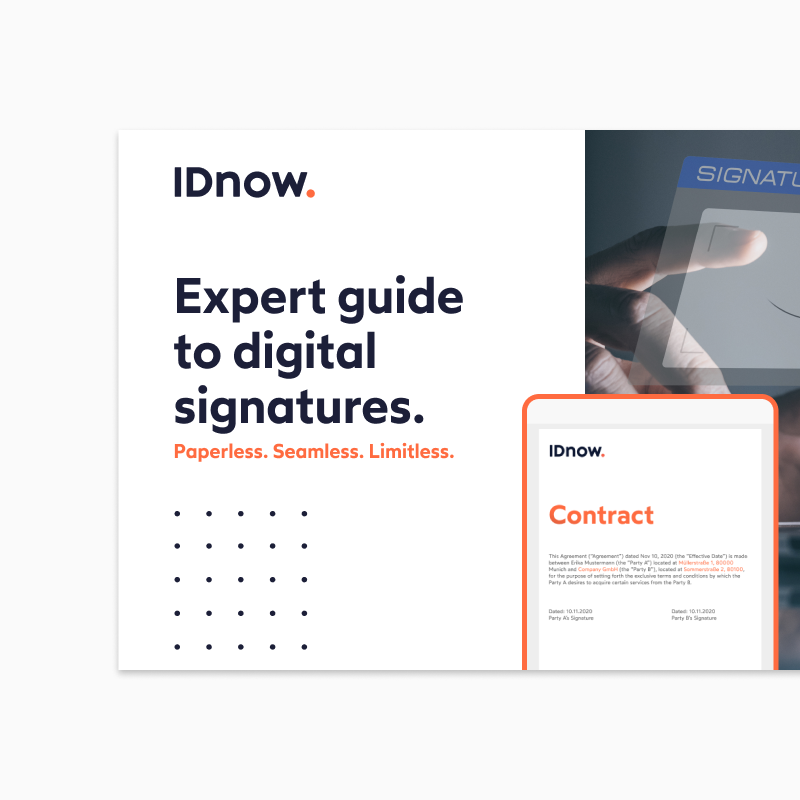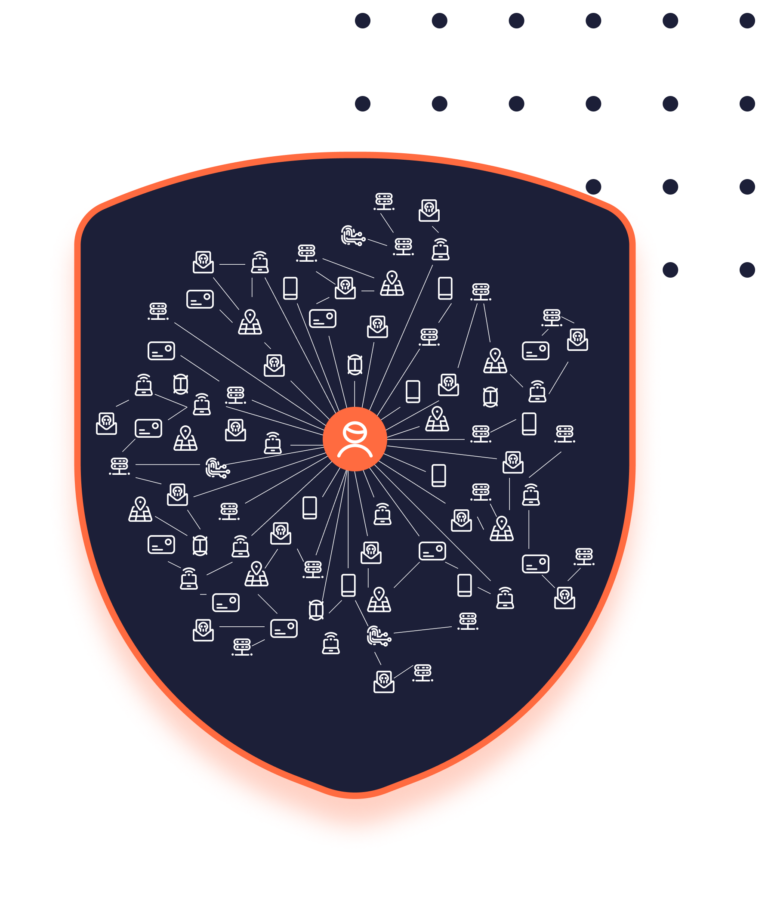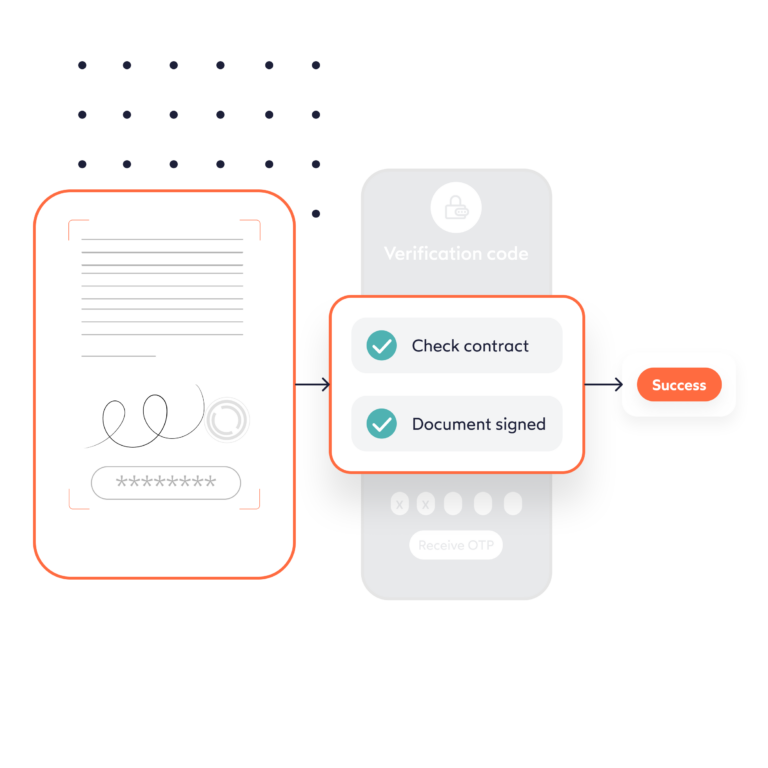IDnow ebook reveals how the latest digital signature solutions can help unlock valuable business opportunities.
From symbols and pictographs, to ink and pen, signatures have been around for thousands of years, dating all the way back to 3000 B.C. Interestingly, the idea of digital signatures can be traced to the Wild West era when businesses used the dotted communications of Morse code and telegrams to sign contracts.
Fast forward to the 20th century, when in 1976 the first concept of a digital signature was introduced by cryptographers, Whitfield Diffie and Martin Hellman. Today, compliant and fully digital signatures are integral to everyday business operations, securely facilitating contract signings worldwide, instantly accessible from any location, at any time.
As the world shifts from physical to electronic, digital signatures will be essential in ensuring trust and authenticity in transactions. Digital signatures can streamline the process of signing contracts and enhance a company’s ability to verify, comply and protect digital identities, fortifying the trust needed to thrive in an increasingly digital world.
Click below to check out our latest ebook, ‘Expert guide to digital signatures.’
Expert guide to digital signatures.
The different types of digital signatures
 Benefits of implementing a digital signature solution
Benefits of implementing a digital signature solution How IDnow can help unlock valuable business opportunities
How IDnow can help unlock valuable business opportunities

Navigating the different types of digital signatures.
Much like a traditional wet ink signature, a digital signature serves as legal evidence when concluding a transaction. However, the advantages of digital signatures extend far beyond their physical counterparts. They are faster, entirely digital, and can be signed remotely from anywhere at any time, eliminating the need for signers to visit a physical location or branch.
This convenience not only streamlines the process but also enhances efficiency, making it easier and quicker to finalize important documents without the logistical challenges associated with physical signatures. Different types of digital signatures include:
- Simple Electronic Signatures (SES), which can be as straightforward as typing a name or clicking an “I agree” button. They are versatile and accessible, making them ideal for everyday transactions. However, unlike Advanced Electronic Signatures and Qualified Electronic Signatures, an SES lacks strong authentication and data integrity measures. It is best suited for low-risk, informal agreements and may not be appropriate for high-value or legally sensitive transactions.
- Advanced Electronic Signatures (AES) uniquely identify and link the signer to the signature, ensuring it can be attributed to them. They meet legal requirements for court admissibility and comply with regulations like the EU’s eIDAS. While not as robust as a QES, an AES still offers significant legal weight and is recognized as a secure and reliable electronic signature in many jurisdictions.
- Qualified Electronic Signatures (QES) are highly secure digital signatures backed by a qualified certificate from a trusted Certificate Authority. This certificate meets stringent regulatory standards and links the signature to the signer’s verified identity, ensuring the highest level of legal recognition and security.
Embracing digital signatures.
The use of digital signatures has risen by 50% since the COVID pandemic, according to airSlate, with 69% of respondents continuing to use digital signatures due to their increased convenience and security.
This digital signing boom shows no signs of slowing, as the global digital economy continues to expand, with people increasingly living, working and transacting across borders, industries and use cases in this remote, digital landscape. Digital signatures, which combine remote, 24/7 convenience without compromising on security, are purpose-built for the digital world.
The increasing importance of digital signatures was put into the spotlight in July 2016, when the European Union (EU) issued the eIDAS regulation (electronic Identification, Authentication, and Trust Services), which increased the significance of electronic signatures drastically. Digital signatures are therefore widely used in the EU for various purposes, primarily to ensure the authenticity, integrity and non-repudiation of electronic documents and transactions.
For example, digital signatures are necessary and extremely important in the following situations:
- Legal contracts and agreements: Digital signatures are used to sign legally binding contracts and agreements, including sales contracts, employment agreements and service contracts. They provide assurance that the signer has accepted the terms of the document.
- Financial transactions: In the EU, digital signatures play a crucial role in financial transactions, including online banking, electronic fund transfers and digital payments. They help verify the identity of the parties involved and ensure the security of the transaction.
- Regulatory compliance: Digital signatures are often required to comply with various EU regulations and directives, such as the eIDAS regulation which establishes a legal framework for electronic signatures, seals and time stamps.
The importance of the eIDAS Regulation.
The eIDAS Regulation (EU No 910/2014) stands as a cornerstone in Europe’s digital landscape, harmonizing rules for electronic identification and trust services across the European Single Market. It sets stringent standards for electronic signatures, notably QES, ensuring they carry equivalent legal weight to traditional handwritten signatures.
Crucially, eIDAS mandates mutual recognition of electronic identification methods between Member States, facilitating seamless cross-border transactions. This regulatory framework not only enhances security and trust in electronic communications but also promotes the digital economy’s growth by enabling secure and legally binding electronic transactions throughout the EU. This includes when an individual wants to sign a document with a QES and needs to be identified and verified for security purposes such as the following:
- Identity verification: The identity of individuals must be verified before issuing a qualified certificate for electronic signatures. This can be done using automated methods but must meet high security and reliability standards. By putting these applications together, this guarantees that a high level of security and reliability is met when undergoing all types of document signing.
- Remote identification: Automated processes for remote identity verification are permissible under eIDAS, but they must ensure the same level of assurance as physical presence verification. Techniques may include video identification, use of eID cards or other secure methods depending on the specific EU country and industry.
Unlocking the benefits of digital signatures – from security to sustainability.
From removing the friction and cost associated with manual processes, to preventing fraud and fueling growth, implementing digital signatures deliver a myriad of benefits, enabling businesses to:
- Improve security: Digital signatures use cryptographic techniques to ensure the authenticity, integrity and non-repudiation of signed documents, making them highly secure and resistant to tampering or forgery. Over 70% of users report fewer security and compliance incidents.
- Fight fraud: In recent years, the global volume of digital fraud attempts has increased by 80% according to TransUnion. By using digital signatures, the identity of the sender is verified through a unique digital certificate that links the signature to the sender’s identity, making it difficult for fraudsters to impersonate or steal someone’s identity.
- Enhance user experience: With digital signatures, customer satisfaction is increased for more than 70% of users as the friction and frustration experienced in physical signing is removed, giving an enhanced, more streamlined user experience.
- Establish and build trust: Organizations that have implemented digital signatures report a 500% increase in customer loyalty. By ensuring the authenticity, integrity and non-repudiation of digital documents and transactions, digital signatures reassure users that their communications and transactions are protected from tampering and fraud.
- Cut costs: Without the need for printing, mailing and storing paper documents, digital signatures reduce hard costs by an average of 56%, creating a more efficient and cost-effective process.
- Go green: By reducing paper usage and transportation associated with physical document signing, digital signatures help reduce the environmental impact of traditional paper-based processes and could save up to 2.5 billion trees in less than 20 years.
- Achieve compliance: With nearly €1.87 trillion of global GDP tainted by money laundering each year, it is imperative for companies to meet all regulatory standards. Digital signatures, recognized as legally equivalent to handwritten signatures in many jurisdictions—including the EU’s eIDAS regulation and the US ESIGN Act—help businesses avoid fines and meet compliance requirements efficiently.
- Boost conversions: With users signing 79% of agreements within 24 hours, digital signatures enable automated signing workflows, allowing documents to be routed, reviewed and signed electronically – streamlining business processes, reducing bottlenecks and accelerating decision-making.
- Increase accountability: Digital signatures often include built-in audit trail capabilities, recording information such as the identity of the signer, the time and date of signing and any changes made to the document after signing. Because of this, companies witness an 80% reduction in signing errors, helping ensure accountability and transparency.
- Scale and drive growth: Digital signatures can be used globally, making it easier to conduct business across borders and collaborate with partners, suppliers and customers in different locations. It comes as no surprise that global e-sign transactions have risen from 89 million to 754 million in just over five years.
Why sign with IDnow?
At IDnow, we provide comprehensive signing solutions tailored to meet the diverse needs of any business operating in today’s global digital economy. Whether you need fully automated, video, eID, or in-person, IDnow delivers a versatile, secure and enhanced user experience, ensuring that your customers sign on the dotted line, every time.
This even includes our newest signing solution InstantSign which issues a QES using any previous AML-compliant identity verification in seconds.
If reverification is needed due to an expired user’s identity document, then InstantSign works seamlessly with IDnow’s full range of identity verification solutions, keeping ident data up-to-date, and providing the perfect, compliant solution for financial services organizations.
Any ident, from any vendor, anytime—truly one of a kind.
By

Kristen Walter
Jr. Content Marketing Manager
Connect with Kristen on LinkedIn



